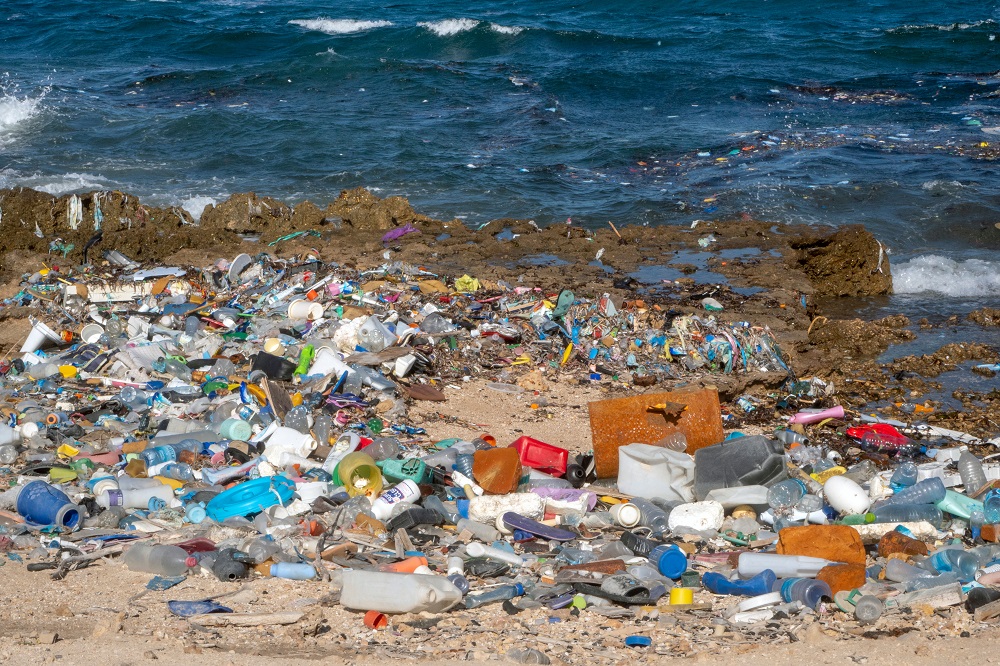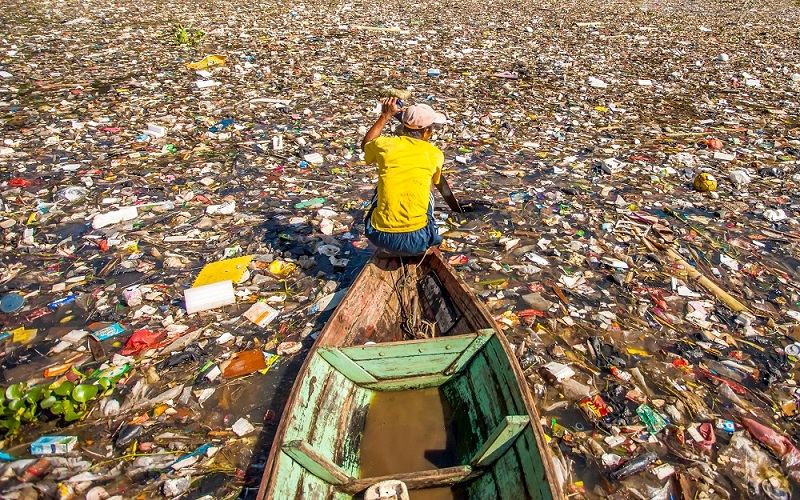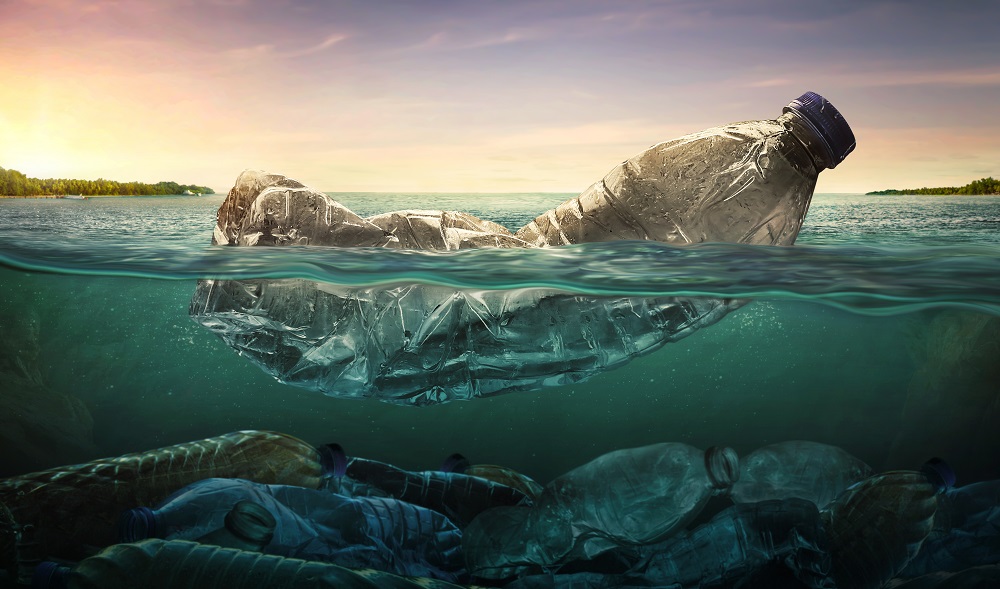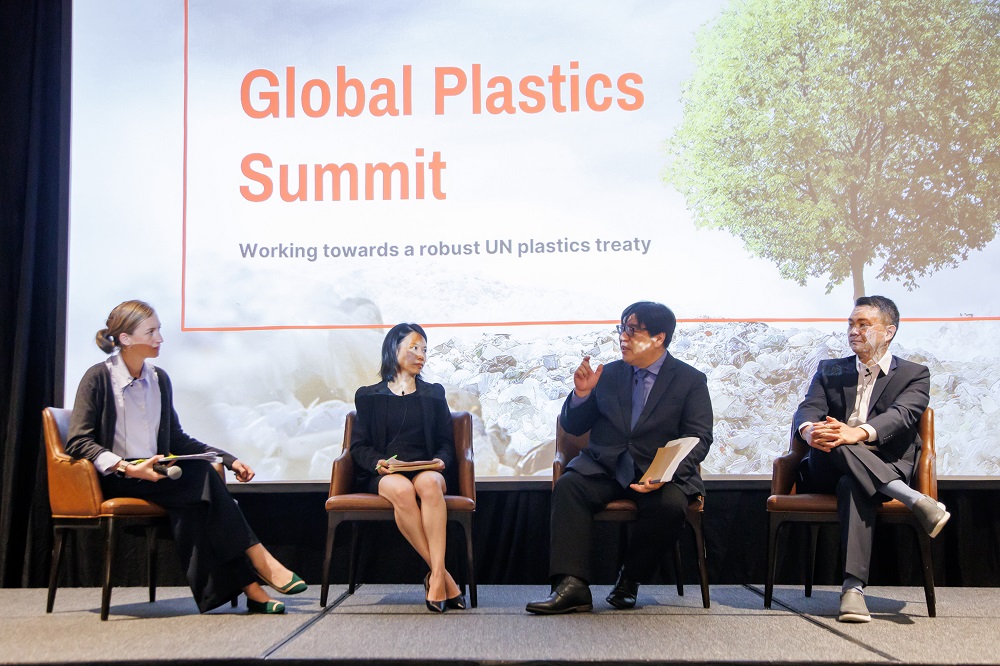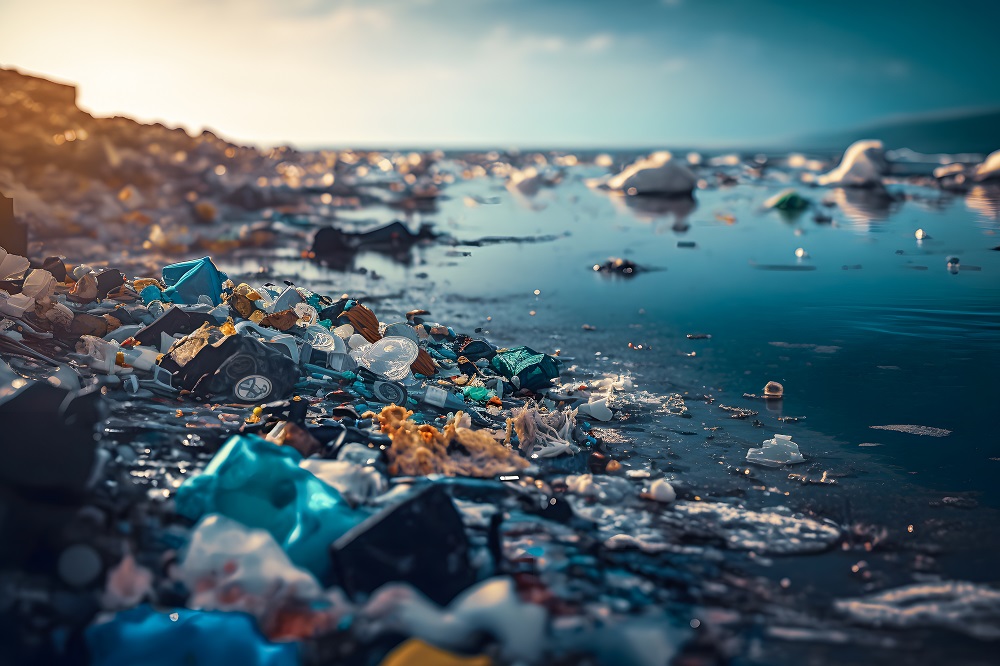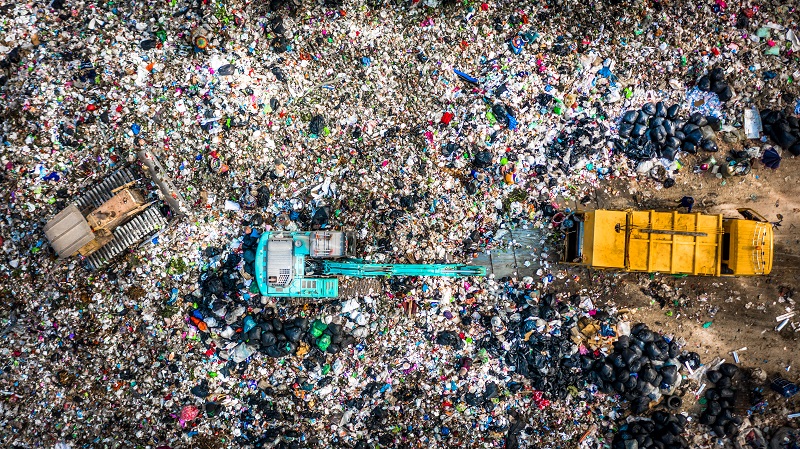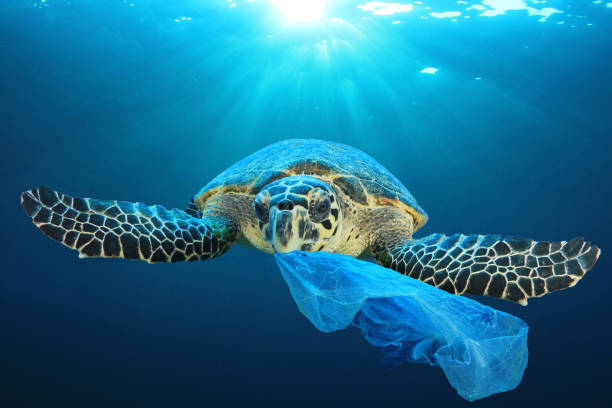CONTENT FROM

In a recent survey conducted by The Economist Intelligence Unit, 60% of general public respondents said that tackling plastic pollution was the top priority for restoring ocean health. That is astute: according to a 2017 study, Production, use, and fate of all plastics ever made, the world’s ongoing plastic production and waste management trends will send almost 12 billion tonnes of plastic waste to landfills and the natural environment by 2050.
The scale of the plastic pollution challenge will require solutions that cover the entire lifecycle of plastic products from design to production, consumption, disposal and beyond. Businesses, consumers and policymakers will have to do their part, and consumers are ready to do theirs. In a later survey by The Economist Intelligence Unit, 81% of consumer respondents across geographies and generations said they believed their actions could play a major role in managing plastic waste.

Exercising purchasing power
Most of those consumers were also willing to use their wallets to turn their opinions into fact. Almost 56% of respondents said they would be willing to pay more for products that used less plastic or plastic packaging. This is positive news for business leaders and policymakers, as it suggests that consumers are willing to share at least some of the costs that would come from the research and development of new product designs, setting up new production processes, and scaling up until economies of scale can be achieved.
A mixed bag
However, that same survey also found that 43% of consumers said the high cost of non-plastic items was the main barrier to reducing plastic use or increasing recycling. Furthermore, 54% of consumers, again from across geographies and generations, said that they would buy substitute products with less plastic packaging or more sustainable packaging options if they cost the same or less as “regular” products.
Is the price right?
These three results together offer a more nuanced overview of consumers’ attitudes towards buying products with varying amounts of plastic and plastic packaging. Clearly, people all over the world and from a variety of age groups think managing and reducing plastic waste is an urgent challenge, particularly in the context of ocean health. They believe they can help overcome the challenge in their role as consumers and intend to monetarily support efforts to that end. However, when deciding between products that differ only in terms of plastic content and price, about half the consumers are likely to pick the cheaper product.
Additionally, higher prices for less plastic may effectively price out economically disadvantaged consumers from sustainable habits and lifestyles—an outcome we cannot afford for long either environmentally or morally.
The Back to Blue Plastic Management Index will be released in September 2021. It will examine plastic management through the lens of policy, regulation, business practice and consumer actions at a country level.
Back to Blue is an initiative of Economist Impact and The Nippon Foundation
Back to Blue explores evidence-based approaches and solutions to the pressing issues faced by the ocean, to restoring ocean health and promoting sustainability. Sign up to our monthly Back to Blue newsletter to keep updated with the latest news, research and events from Back to Blue and Economist Impact.
The Economist Group is a global organisation and operates a strict privacy policy around the world.
Please see our privacy policy here.
THANK YOU
Thank you for your interest in Back to Blue, please feel free to explore our content.
CONTACT THE BACK TO BLUE TEAM
If you would like to co-design the Back to Blue roadmap or have feedback on content, events, editorial or media-related feedback, please fill out the form below. Thank you.
The Economist Group is a global organisation and operates a strict privacy policy around the world.
Please see our privacy policy here.




 World Ocean Summit & Expo
2025
World Ocean Summit & Expo
2025 UNOC
UNOC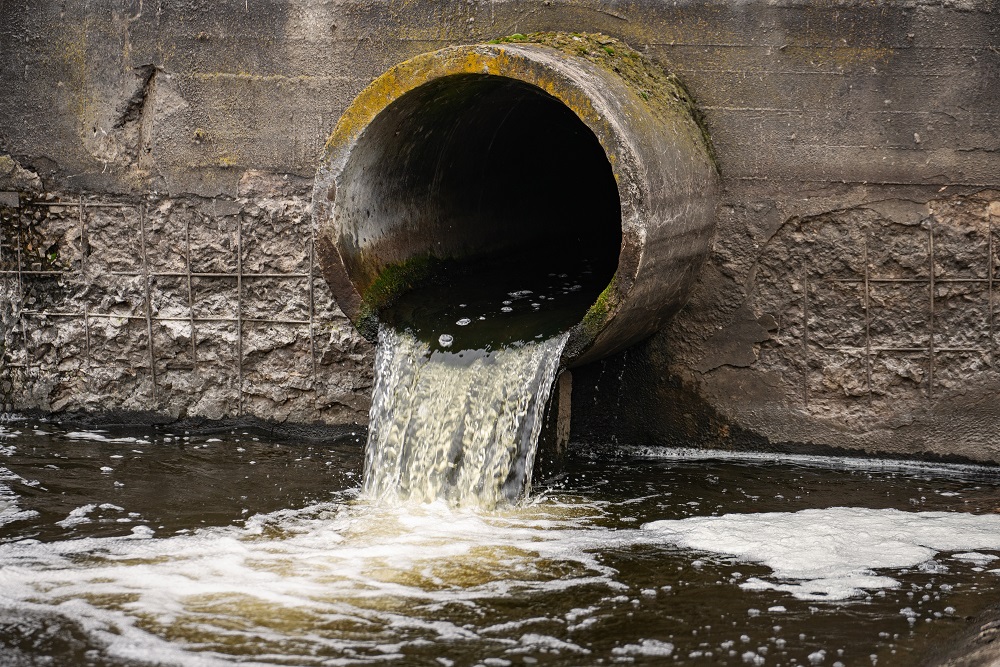 Sewage and wastewater pollution 101
Sewage and wastewater pollution 101 Slowing
the chemical tide: safeguarding human and ocean health amid
chemical pollution
Slowing
the chemical tide: safeguarding human and ocean health amid
chemical pollution Hazardous chemicals in plastics - the discussions at INC
Hazardous chemicals in plastics - the discussions at INC








